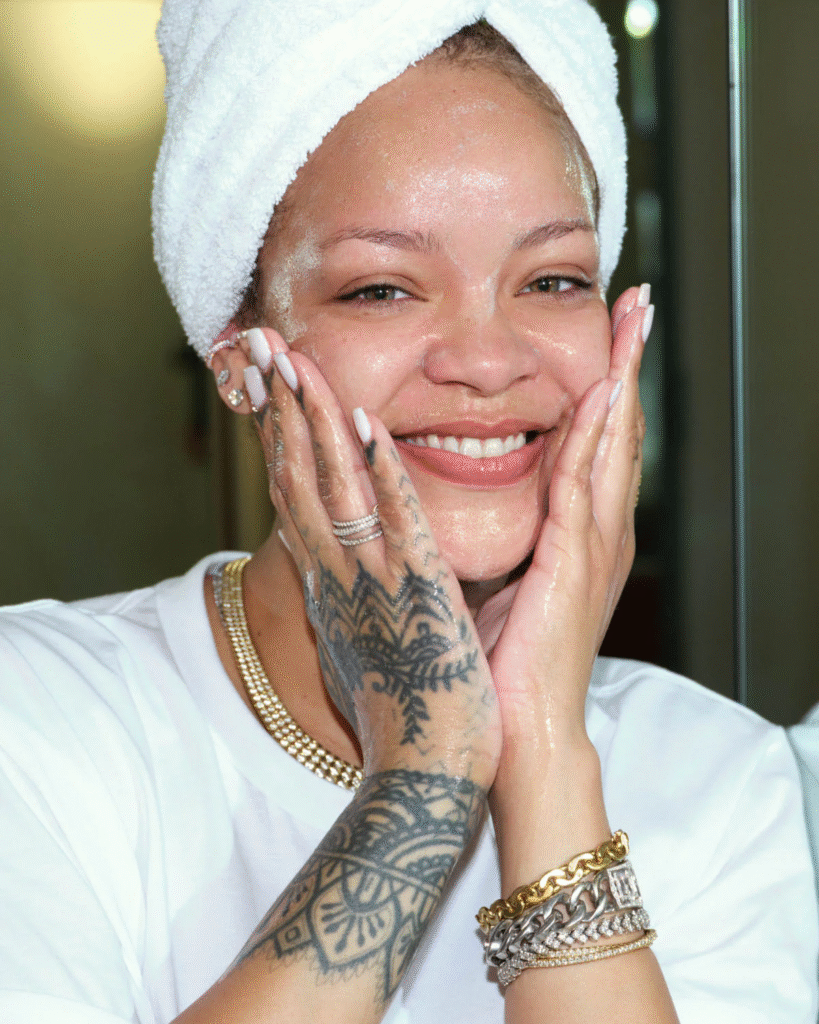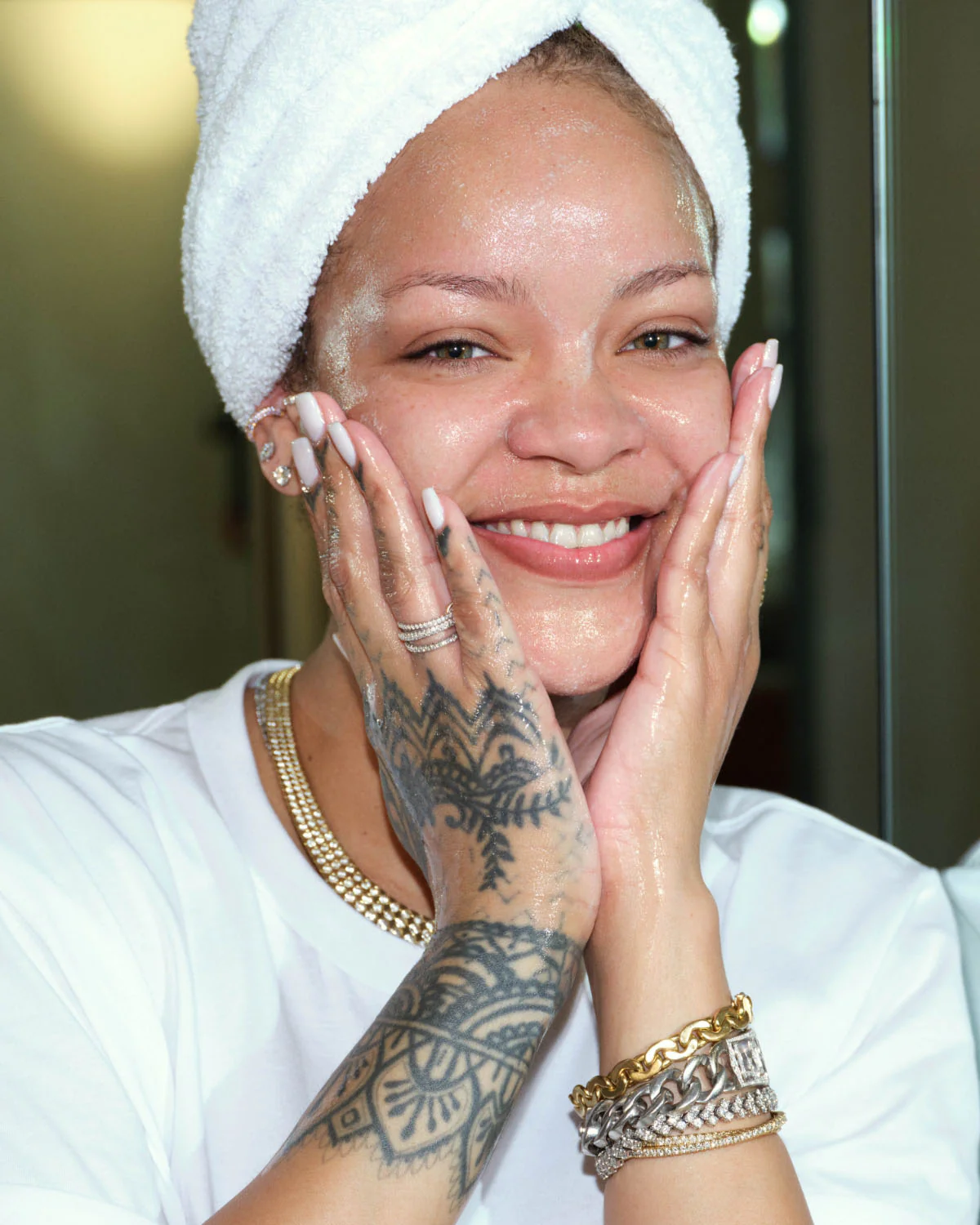Introduction: Embracing Diversity in Beauty
The beauty industry has come a long way in recognizing the diversity of skin tones and the different needs of consumers. From makeup to skincare, brands are now offering more inclusive product lines, acknowledging that one shade does not fit all. In recent years, there has been a noticeable shift in the industry, with more beauty brands understanding the importance of catering to a wide variety of skin tones.
This guide will help you navigate the world of makeup by focusing on selecting products that complement your unique skin tone. Whether you’re looking for the perfect foundation or the ideal lip color, understanding your undertone and skin tone is key to achieving a flawless, natural look. Let’s dive into how to choose the right products based on your skin tone and undertones.
1. Understanding Your Skin Tone and Undertone
Before choosing makeup, it’s essential to know your skin tone and undertone. These two factors play a crucial role in finding the right products that will enhance your natural beauty.
1.1 Skin Tone
Skin tone refers to the surface color of your skin, and it typically falls into three main categories:
- Fair: Pale skin, often burns in the sun.
- Medium: A tan or olive complexion.
- Dark: Rich, deep skin tones.
Each skin tone can look better with specific shades of makeup. For example, lighter shades of foundation may work best for fair skin, while darker shades are more suitable for deeper skin tones.
1.2 Undertone
Your undertone is the subtle hue that lies beneath the surface of your skin. There are three primary undertones:
- Cool: Pink, red, or blue undertones.
- Warm: Yellow, peach, or gold undertones.
- Neutral: A mix of both warm and cool undertones.
Understanding your undertone is crucial because it helps you select makeup that looks more natural on your skin. For example, people with cool undertones tend to look better with foundation and blush that has a pinkish hue, while those with warm undertones may prefer yellow or peach-based products.

2. How to Choose the Right Foundation for Your Skin Tone
Foundation is the cornerstone of any makeup routine, as it evens out your complexion and sets the tone for the rest of your look. However, finding the right foundation can be tricky if you’re not familiar with your skin’s needs. Here are some essential tips to help you choose the perfect foundation:
2.1 Matching Foundation to Your Skin Tone
A good foundation should blend seamlessly into your skin. When testing foundation shades, try to match it to your jawline or neck instead of your hand or wrist, as these areas may not match your face.
- Fair Skin: For fair skin with cool undertones, look for foundations that are light with a pink or neutral base. If you have warm undertones, opt for foundations with a yellow or peach base.
- Medium Skin: Medium skin tones can vary widely, so it’s essential to test a few shades. For cool undertones, pink or neutral bases work best, while yellow or golden bases flatter warm undertones.
- Dark Skin: For deeper skin tones, choose foundations with rich, deep hues. Those with cool undertones may prefer foundations with a red or blue base, while warm undertones work well with golden or orange-based foundations.
2.2 Different Types of Foundations
- Matte Foundations: Best for oily skin, matte foundations provide a shine-free finish and long-lasting coverage. These foundations are ideal for people with oily or combination skin who need oil control throughout the day.
- Dewy Foundations: For dry or dull skin, dewy foundations offer a hydrated, glowing finish. These foundations help to add a youthful, radiant look to the skin and are perfect for dry or aging skin types.
- Stick Foundations: Stick foundations are easy to apply and work well for on-the-go makeup looks. They offer full coverage and are great for dry skin types as they provide extra hydration.
- Liquid Foundations: Liquid foundations are versatile and provide buildable coverage. They work for most skin types, from dry to oily, depending on the formulation.
When it comes to choosing the right foundation, the goal is to find a product that gives you a smooth, natural-looking base that enhances your complexion. Try not to focus on finding the “perfect” match but rather one that blends into your skin and makes you feel comfortable.
3. Choosing the Right Highlighter and Blush
Highlighter and blush can completely transform your makeup look, giving your face dimension and a healthy glow. The key is to choose products that complement your skin’s natural tone and undertone.
3.1 Highlighter for Your Skin Tone
Highlighters come in various shades, from golden to pink to pearl. To pick the best one for your skin tone, consider the following:
- Fair Skin: For fair skin, champagne or pink highlighters work best. These shades give a subtle glow that complements your complexion without appearing too harsh.
- Medium Skin: Golden or peach-toned highlighters work well for medium skin tones, as they add warmth and radiance to the face.
- Dark Skin: Rich golds or bronze highlighters look stunning on dark skin tones. These shades provide a bold, glowing effect without looking ashy.
3.2 Blush for Your Skin Tone
Blush adds color and life to your face, but it’s essential to choose the right color for your skin. Here’s a quick guide:
- Fair Skin: Soft pinks and peaches are ideal for fair skin. These shades add a fresh, youthful flush to your cheeks.
- Medium Skin: Peach, rose, and coral blushes flatter medium skin tones. These colors add warmth and dimension to the face.
- Dark Skin: Bold colors like deep red, berry, and bright orange work well for dark skin tones. These shades provide a rich, natural flush.
4. Choosing Lip Products for Your Skin Tone
Lips are one of the most expressive features, and the right lip product can pull your entire look together. When selecting lipsticks or glosses, your skin tone and undertone should guide your choices.
- Fair Skin: Soft pinks, nude shades, and light peaches look stunning on fair skin. If you want a bold lip, go for red or berry hues with blue or cool undertones.
- Medium Skin: Medium skin tones can pull off a wide range of lip colors. Think deep pinks, coral reds, and peachy nude shades for a natural look. For a bold statement, opt for berry and mauve shades.
- Dark Skin: Bold reds, deep purples, and deep plums work beautifully on dark skin tones. These colors create a striking contrast and make a statement.
Conclusion: The Importance of Embracing Your Unique Beauty
Choosing makeup products that match your skin tone and undertones is essential for achieving a natural and flattering look. By understanding your skin’s needs, you can select products that enhance your natural beauty and bring out the best in your complexion.
In the past, the beauty industry offered limited choices, but today, brands are increasingly embracing diversity and offering products for every skin tone. Whether you’re looking for the perfect foundation, blush, or lipstick, understanding your skin is the key to finding products that work for you.
By embracing the diversity of beauty, we can empower ourselves and others to express our true selves without feeling limited by societal standards. After all, beauty comes in all shapes, sizes, and shades.
